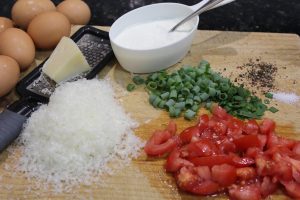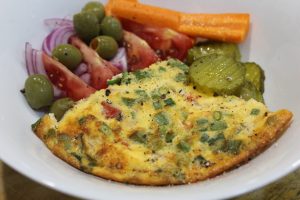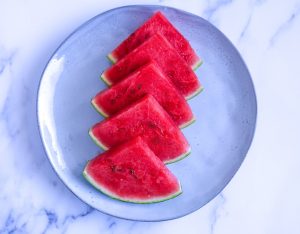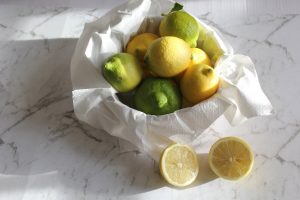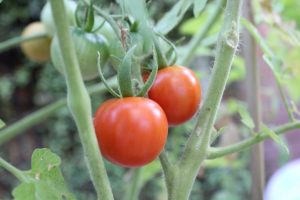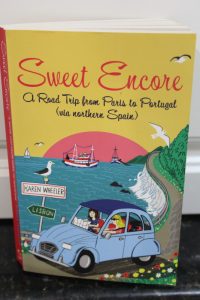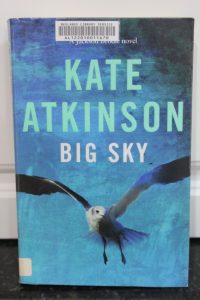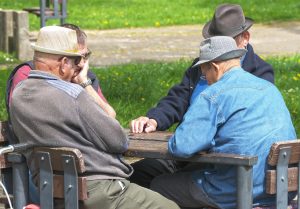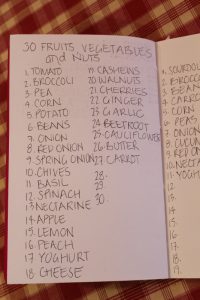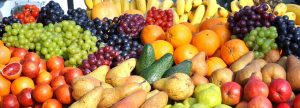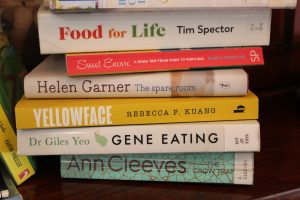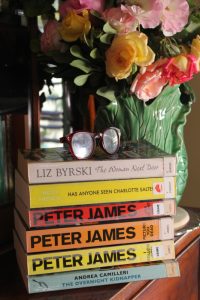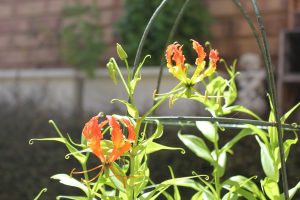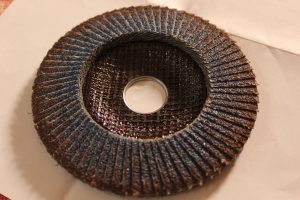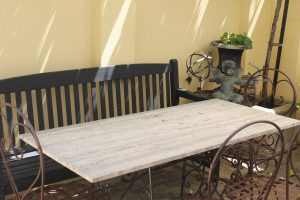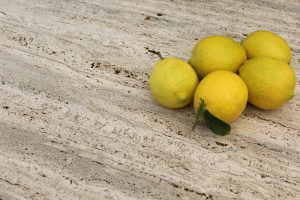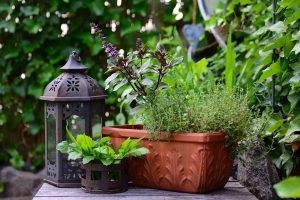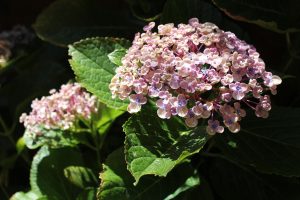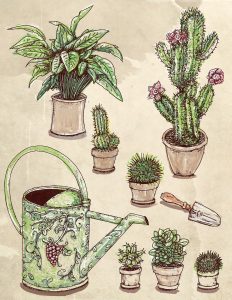bookshelves and weeding
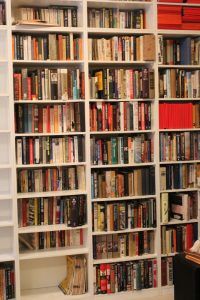

We are a family of keen readers. We are not so keen on throwing things out, and even likely to have a good ‘weed’ of our book collection. When we built the house we have shelves built from the floor to the ceiling on one wall, plus on another wall with windows and a half height return on a third wall. Over the years the shelves have gone from neat and tidy to books two layers thick, books poked in horizontally on other books and books overflowing onto other furniture in the room. Time for a change!
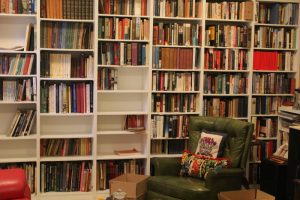

Two days later and about third of the shelves are done.
Our son was here for the long weekend. After breakfast the sorting and tidying began. We packed the discards into boxes to take to the Save the Children Book depot. So far it has taken two days but we will persist. The big bonus of this exercise is discovering forgotten books, in my case, now all shelved together. It became apparent I like to read autobiographies written by people who have lived in foreign lands. I found and am currently reading Marjory McGinn’s Things Can Only Get Feta. Along with her husband and crazy Jack Russell they move to a remote town in southern Peloponnese.
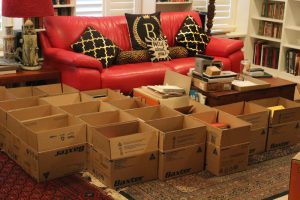

Seventeen boxes done and ready to go.
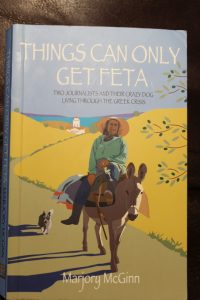

Marjory has had a passion for Greece since she and her family arrived in Australia from Scotland and her assigned ‘buddy’ at school was from a Greek family. In her twenties she worked in Athens and speaks enough Greek to organise a house, get a car and settle into life in rural Megali Mantineia. There are few foreigners in the area. They soon meet the locals and the scorpians and the hornets. This is a humourous and engaging account of their experiences in rural Greece and some of the hot spots, too. She and her husband decided to stay for a second year despite the difficulties Greece was experiencing during the austerity years.
I really enjoyed this book and set off to see if she’d written a second book about the next year in Greece. Found there are seven more books. The titles all suggest McGinn and her husband, both freelance journalists, stayed in Greece for some years. I will be trying to get some of the other books.
rubbish recycling
Are you still sorting through post Christmas or holiday paper, cards, envelopes and cardboard? All these products can be recycled easily avoiding landfill. Recycling reduces deaforestation and the impact of the processes required to manufacture new paper based products.
Effective recycling relies on ensuring only products suitable for recycling go in the paper/glass recycling bin. Contamination spoils clean paper and means all the materials are sent to landfill. Typical contamination is related to food stuffs, such as pizza boxes and oil stained paper bags and wrapping. Recycling paper means a reduction in landfill gases and reducedCO2. It’s easy, too.


Image Pixabay
WHAT SHOULD YOU PUT IN YOUR PAPER RECYCLING BIN?
- Brochures, even if they are glossy, but not ones treated with plastic laminate, plus glossy and matte packaging
- All envelopes, even if they have a small plastic window, as the processes involved sort them out
- Shredded paper so long as staples and paper clips have been removed before shredding
- Cardboard boxes, although waxed or greasy boxes are not suitable
- Magazines, newspapers, advertising brochures, childrens’ used exercise books if the staples are removed.
- Due to the materials used to line paper cups and fruit juice containers, they cannot be recycled.
- Recycled paper is used to make more paper for printing on and writing on, cardboard, bags, gift tags, tissues, toilet paper and napkins. Recycled paper is processed to sterilize and remove dye. Paper can be recycled up to seven times before the fibres become too short and too weak to reuse.


- Image Pixabay

